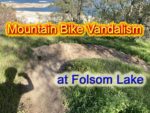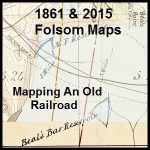Even though the miners paid for the water on a daily basis, it was assumed that the mining day was 10 hours long, after which the water was shut down. If a miner continued using water during the night, it was understood they were trying to steal extra water.[26] During his tenure as superintendent, Amos estimated the North Fork Ditch was carrying 2200 to 2300 inches of water as measured under 6 inches of head pressure.[27]











